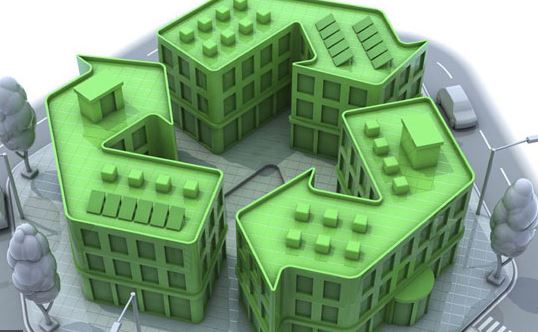Additive Manufacturing software or 3D Printing refers to the set of processes used for manufacturing physical objects directly from a digital model. It utilizes raw materials added one layer at a time, undergoing various processes to create a finished product without the use of tools and molds. This is distinguished by the following main elements:
- Deposits – the way in which layers of materials are deposited (e.g.: fusion, sintering, and polymerization)
- Materials – includes solids (metallic powders, polymers, grains), liquids (photosensitive resin), and semi-finished products (ribbons and wires)
When you compare 3D Printing to conventional manufacturing technologies, this process makes it possible to produce parts of almost any shape, but with a shorter machine and tool line.
How do manufacturers benefit from 3D Printing?
The trend towards mass customization makes 3D printing an attractive option for businesses producing complex small or medium-sized parts. Currently, the most promising industries are aeronautics, space, and medical. More general uses are being developed in transportation, energy, and luxury consumer goods. Invariably, it will be utilized across all industrial sectors.
Economic Benefits
The simplicity of implementing Additive Manufacturing results in an overall reduction in time and costs associated with creating prototypes and small-series parts. Having the ability to produce spare parts on-demand and closer to repair sites also help to optimize the management of inventory stock levels.
The decrease in the number of production steps, coupled with assembly line reductions work to streamline the manufacturing process. Further cost savings are achieved when tooling requirements are reduced, such as the creation of thermal cooling channels when molds are required, for example. These gains help to create a finished product that takes less time to produce, utilizes new materials, and ultimately helps to design new geometries without a significant investment in assets.
Technological Benefits
3D Printing offers flexibility in manufacturing not easily achievable with conventional methods. For example, creating complex shapes such as lattices or other custom objects would normally entail a significant investment in time and costs. 3D Printing allows you to integrate functions, such as producing parts made up of multiple sub-systems, while reducing the number of assembly operations at the same time. Additionally, you can use and add new materials easily and quickly.
Environmental and Societal Benefits
The transition from mass production to mass customization allows manufacturers to implement flexible practices and improve their production capabilities. When you compare this to the Subtractive Manufacturing process where objects are constructed by subtracting (or cutting) unnecessary materials off a solid block, Additive Manufacturing adds (or deposits) only the amount of material necessary to construct that object. This reduces the consumption of raw materials, resulting in a more streamlined and localized production line and reduces the consumption of energy for lower carbon emissions. Moreover, you have the opportunity to better incorporate ideas from your user community, encouraging open innovation similar to what is seen in open-source software communities.

Ultimately, the benefits of 3D Printing go beyond economic, technological, environmental, and societal factors. Imagine having the ability to work with a network of suppliers and/or distributors to pool production resources and optimize material costs. Rapid prototyping can accelerate innovation and help businesses evolve towards a more service-oriented, collaborative approach. One in which the customer becomes a closely involved partner rather than just a number.
Additional Resources
Metals Factory of the Future | DELMIA – Dassault Systèmes
Fabrication – CAM and CAD software | DELMIA – Dassault Systèmes
Sustainable Manufacturing Solutions | DELMIA – Dassault Systèmes
This article was written in collaboration with the Alliance Industrie du Futur.
Continue the conversation by joining our DELMIA Communities on SwYm. Membership is free.

